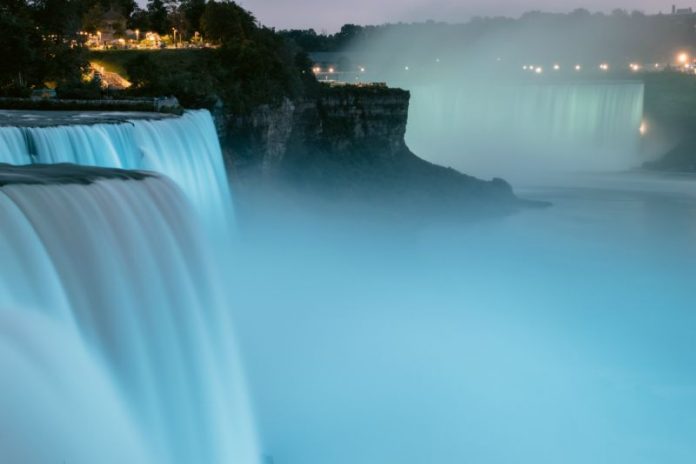Niagara Falls, which straddles the international border between Canada and the United States, was one of the first mass-market tourism destinations and remains popular with over 20 million yearly visitors between the two sides.
Most who come to see the waterfalls don’t stay in Niagara Falls, New York. Instead, they go to Niagara Falls, Ontario, which for decades has lured tourists with more attractions, more hotels and more restaurants.
As a result, the American side can feel a bit like a ghost town even during peak tourism season.
I recently returned from a 48-hour visit and will admit that I was pleasantly surprised, not least because the thinner crowds gave me better access to Niagara Falls.
Yes, the dilapidation that comes after a city loses over half of its population since 1960 is everywhere. City Hall, desperate to stop the decline, thought a gimmick offering student loan repayment would entice millenials to Niagara Falls. Empty storefronts are everywhere. Downtown could be a case study in 1970s and 1980s city planning gone wrong. The architecture of newer buildings is inconsistent, if not hideous. Good restaurants are few and far between, unless TGI Fridays and Rainforest Cafe are your thing.
None of that is to say the Canadian side is better. Yes, it has more hotels, but Niagara Falls, Ontario, is grossly overdeveloped to the point where high-rise towers ruin what would be a pristine vista. Around the hotels sits a dumpy tourist trap.
I made Niagara Falls U.S.A. my base to discover the area’s rich history, somewhat unknown wine and…
… Read More
Click Read More to read the rest of the story from our content source/partners – The Christian Post.
